Six hidden spots around Britain and Ireland
Find some peace and quiet in some of the UK's most secluded spots. Chris Carter reports.

Northern Ireland
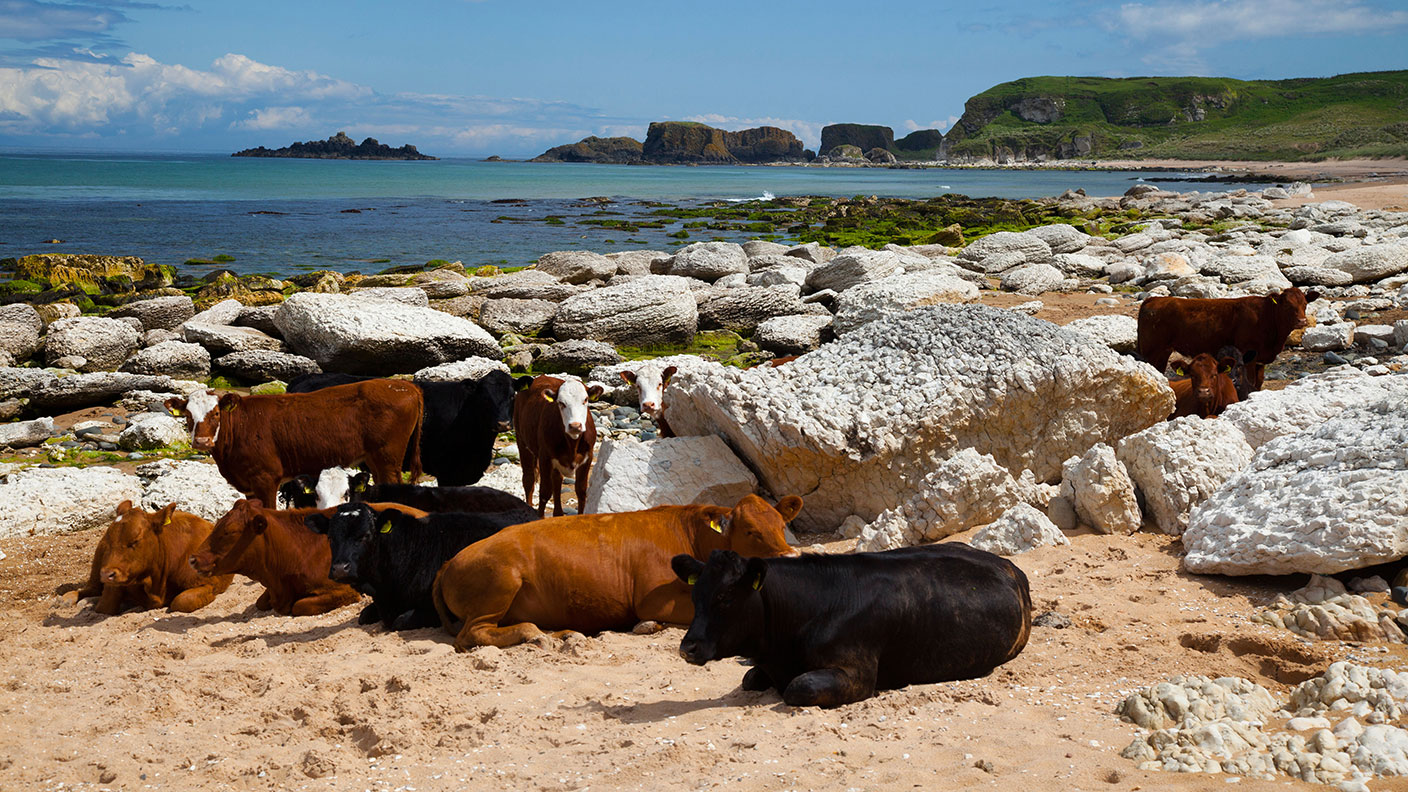
Enjoy secluded relaxation on this gorgeous stretch of golden sand at White Park Bay, on the North Antrim coast, says The Sun. It forms a white arc between two headlands on the coast and is “rarely busy”. The National Trust owns the beach, which is backed by ancient sand dunes that provide a rich habitat for a vast range of birds. The birds are not the only residents, however. “If you are lucky, you might even spot the cows who roam the dunes with the job of keeping the grass short.” Recently, thousands of exoskeletons of transparent sea cucumbers were spotted at the west end of White Park Bay. They are an unusual sight in Ireland as they tend to live in very deep waters. Stay at Hagans Leisure Causeway Coast Park at Ballycastle. It is just a short drive from the bay and sits in an area of outstanding natural beauty. (From around £200, hagansleisure.co.uk).
Cornwall
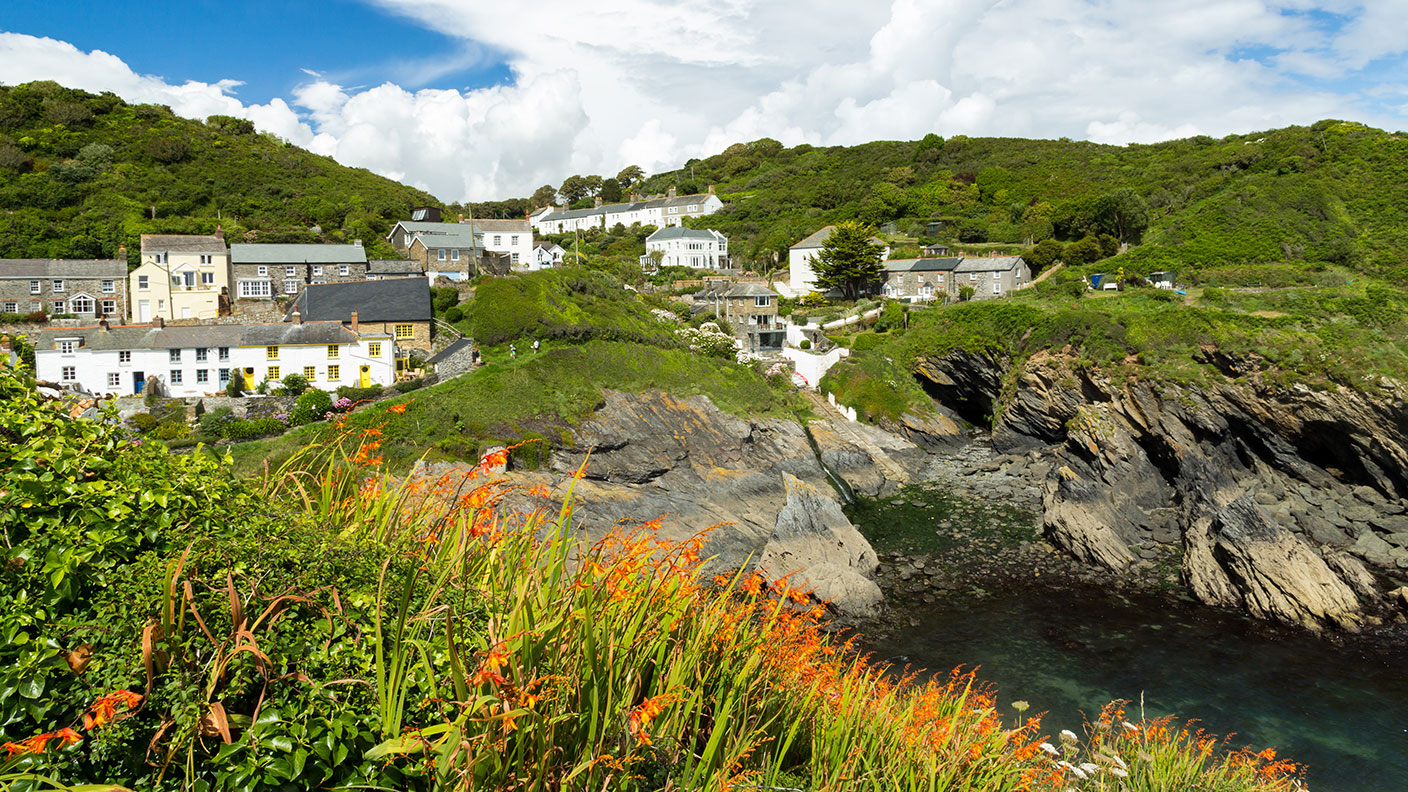
Bordered by the Fal estuary to the west and the Atlantic to the east, the Roseland Peninsula in Cornwall “offers an enchanting mix of rocky heritage coast and gentle pastoral landscapes”, says Natasha Foges in Britain magazine. It is a “magical place” of “woodland valleys cobwebbed with crooked lanes [and] villages named after Celtic saints”. Portloe is one of the most picturesque fishing villages. It is “a cluster of Cornish granite cottages nestling prettily above a craggy cove”. The fishing industry has largely disappeared. These days, Portloe instead trades on its “dreamy beauty”. Either rent a cottage or stay at the 17th-century inn, The Lugger. One owner went to the gallows for smuggling French brandy. (From around £170, luggerhotel.co.uk).
Northumberland
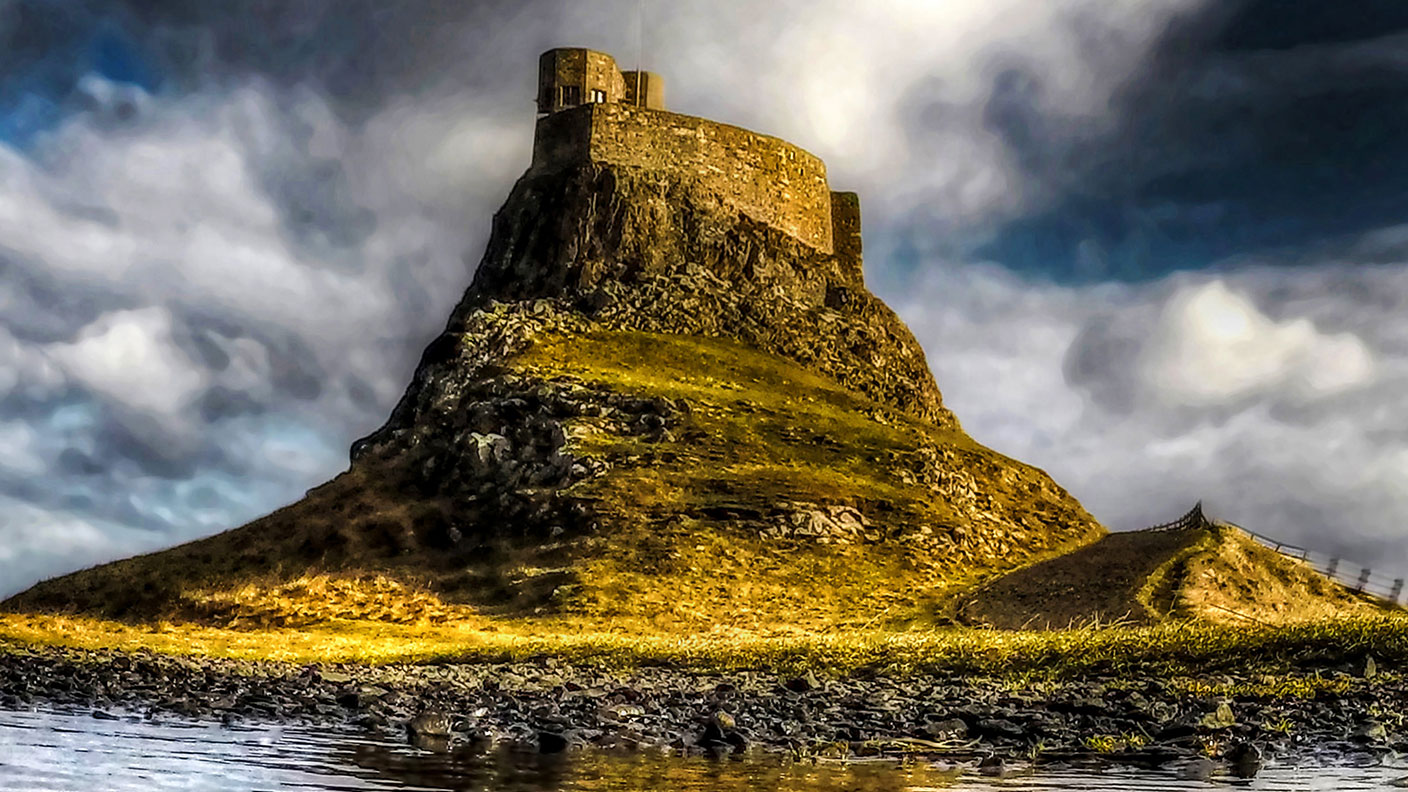
Ross Back Sands, in Northumberland, is a “gloriously deserted sandy spit” that extends for five kilometres, from Budle Bay to Lindisfarne, says Gemma Hall of Bradt Travel Guides in Wanderlust. You can access it via a 1.5km-long footpath through Ross Farm and across the dunes, which puts off the few travellers who venture here. “Your reward, however, is an unbeatable panorama: all sky, sea and white sands with Lindisfarne Castle (pictured) at one end and, at the other, Bamburgh Castle and the Farne Islands. A pair of binoculars will come in handy, not only to spot the seals lazing on Lindisfarne’s bay (best viewed from Guile Point), but also to scan the sea for divers, grebes and scoters in winter and terns in summer.”
MoneyWeek
Subscribe to MoneyWeek today and get your first six magazine issues absolutely FREE

Sign up to Money Morning
Don't miss the latest investment and personal finances news, market analysis, plus money-saving tips with our free twice-daily newsletter
Don't miss the latest investment and personal finances news, market analysis, plus money-saving tips with our free twice-daily newsletter
Wales
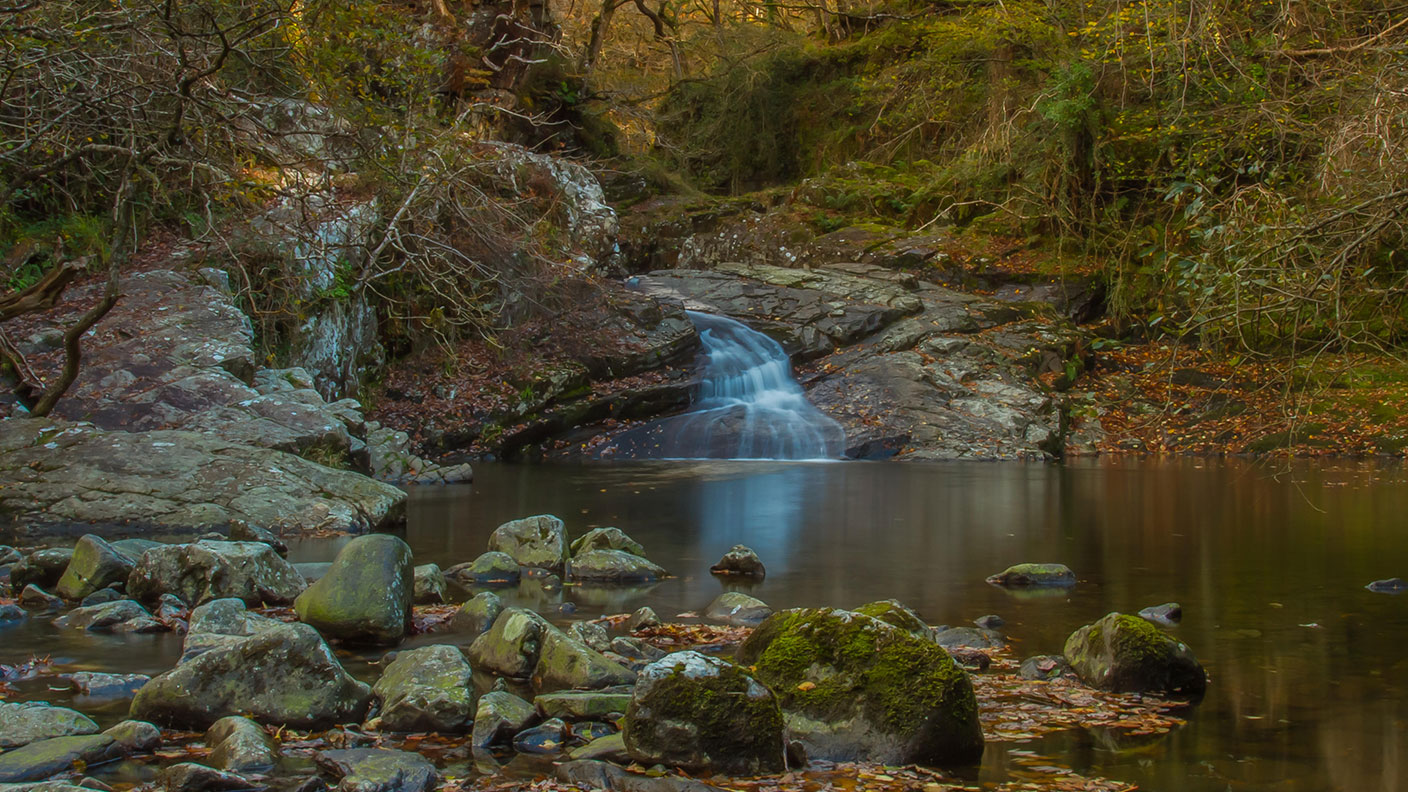
“You might expect a land of dragons and wizards to hold a few secrets,” says Sion Morgan on Wales Online. Coed Felenrhyd, “a wild, hidden prehistoric rainforest” that is “secreted deep in the Ceunant Llennyrch gorge” in Snowdonia National Park, is a prime example. It has been largely untouched for 10,000 years. In this “unique wood’s sheltered gorge setting... it rains on average 200 days a year [and] the streams and waterfalls that cross the landscape have created an ecosystem where life thrives”. “Extraordinary plants and ferns abound on the forest floor, while rare lichens, mosses and liverworts cloak the gnarled oaks, ash, hazel and birch.” Some species of lichen here are found nowhere else in Britain.
East Anglia
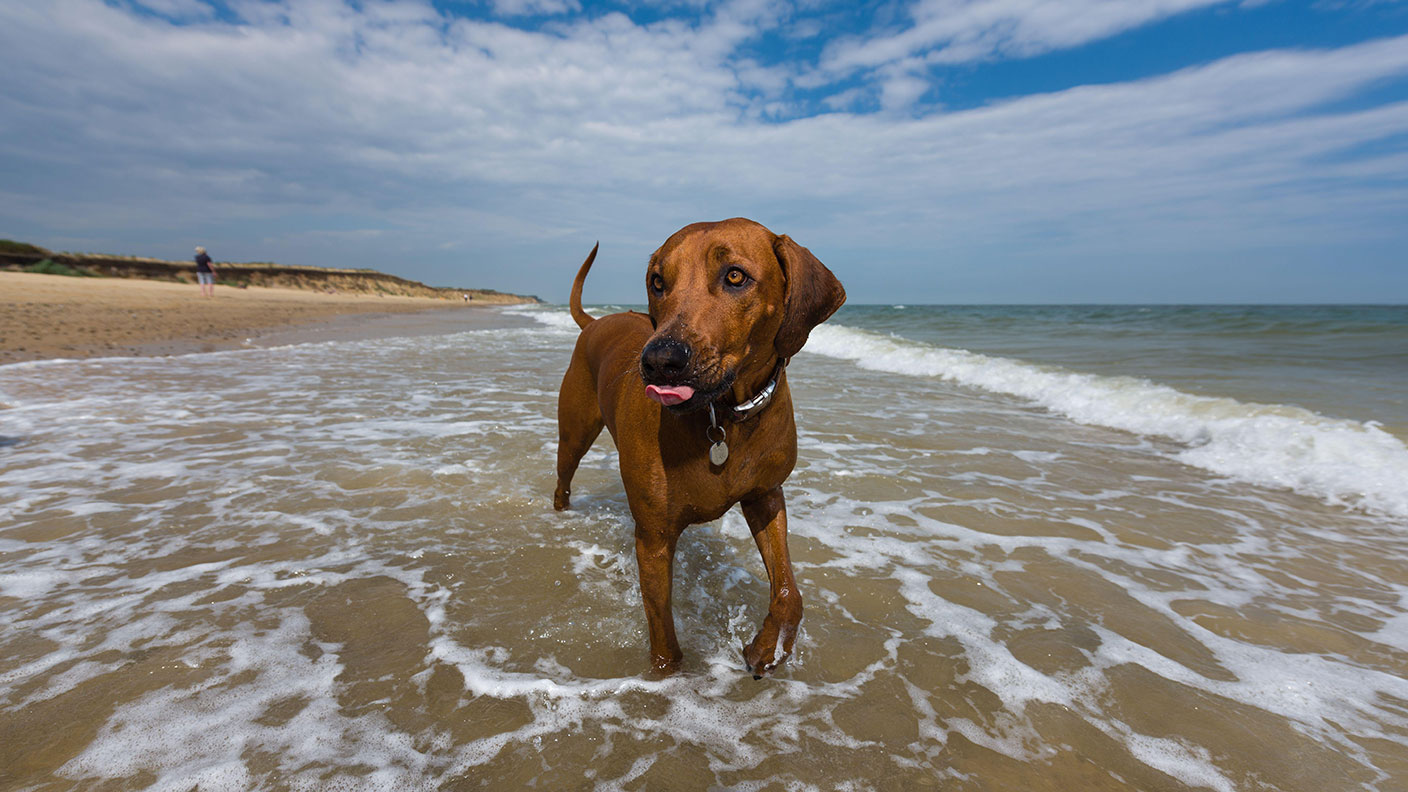
The beach and dunes here at Brancaster, Norfolk, stretch for miles in both directions, says Daniel Start in The Daily Telegraph. “To the east is Titchwell Marsh nature reserve, famous for its migrating birds. Ahead is Scolt Head Island, on which seals wallow and bask. To the west lies the... wreck of the SS Vina steamship, sunk on the sand flats by the military in 1944 for use as a target for bombing practice and revealed and then resubmerged with the tide.” Further south, in the neighbouring county of Suffolk, the beach at Covehithe is an “eerie kind of place”. A lane ends “abruptly at the crumbling cliff edge and a roofless church in a lost village stands surrounded by empty fields”. It is a “visceral reminder of the power of the sea”. Fortunately the sea has “also carved out one of Suffolk’s best secret beaches, backed by a shimmering shallow lagoon, and teeming with bird life”.
East Lothian
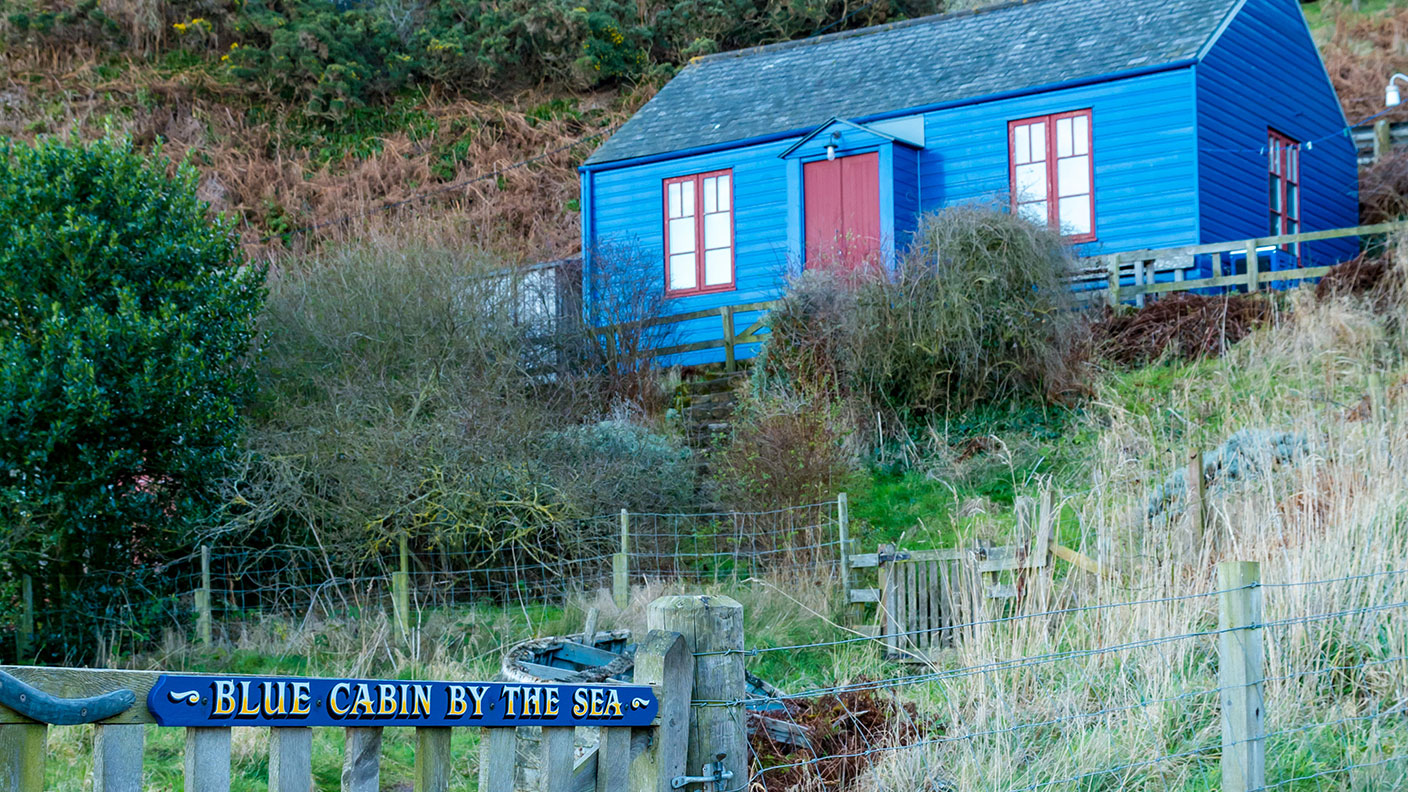
Scotland isn’t short of outdoors escapes, from lochside cabins to cosy cottages, says The Times. When actor and writer Stephen Fry stayed at the Blue Cabin by the Sea, in East Lothian, he described the setting as “the coviest of coves”. This snug, blue timber beach hut is reached via a secret smugglers’ tunnel, with the 1900s holiday house standing above a shell-strewn beach and 18th-century harbour, eight miles down the coast from Dunbar.
The decor is “a Tim Burton fantasy of blues and bright kelpy greens, with a stuffed seabird here and shell-crusted mirror there; seagrass Orkney chairs beckon beside the fire. Children will love the bunk room, although you may have to fight them for the cute alcoved double bed”. Seven nights’ self-catering for four from £800, bluecabinbythesea.co.uk
Get the latest financial news, insights and expert analysis from our award-winning MoneyWeek team, to help you understand what really matters when it comes to your finances.

-
 King Copper’s reign will continue – here's why
King Copper’s reign will continue – here's whyFor all the talk of copper shortage, the metal is actually in surplus globally this year and should be next year, too
-
 How gifting money this Christmas could lower your inheritance tax bill
How gifting money this Christmas could lower your inheritance tax billCash is an easy and quick present to give over Christmas – and it could protect some of your estate from the taxman down the line
-
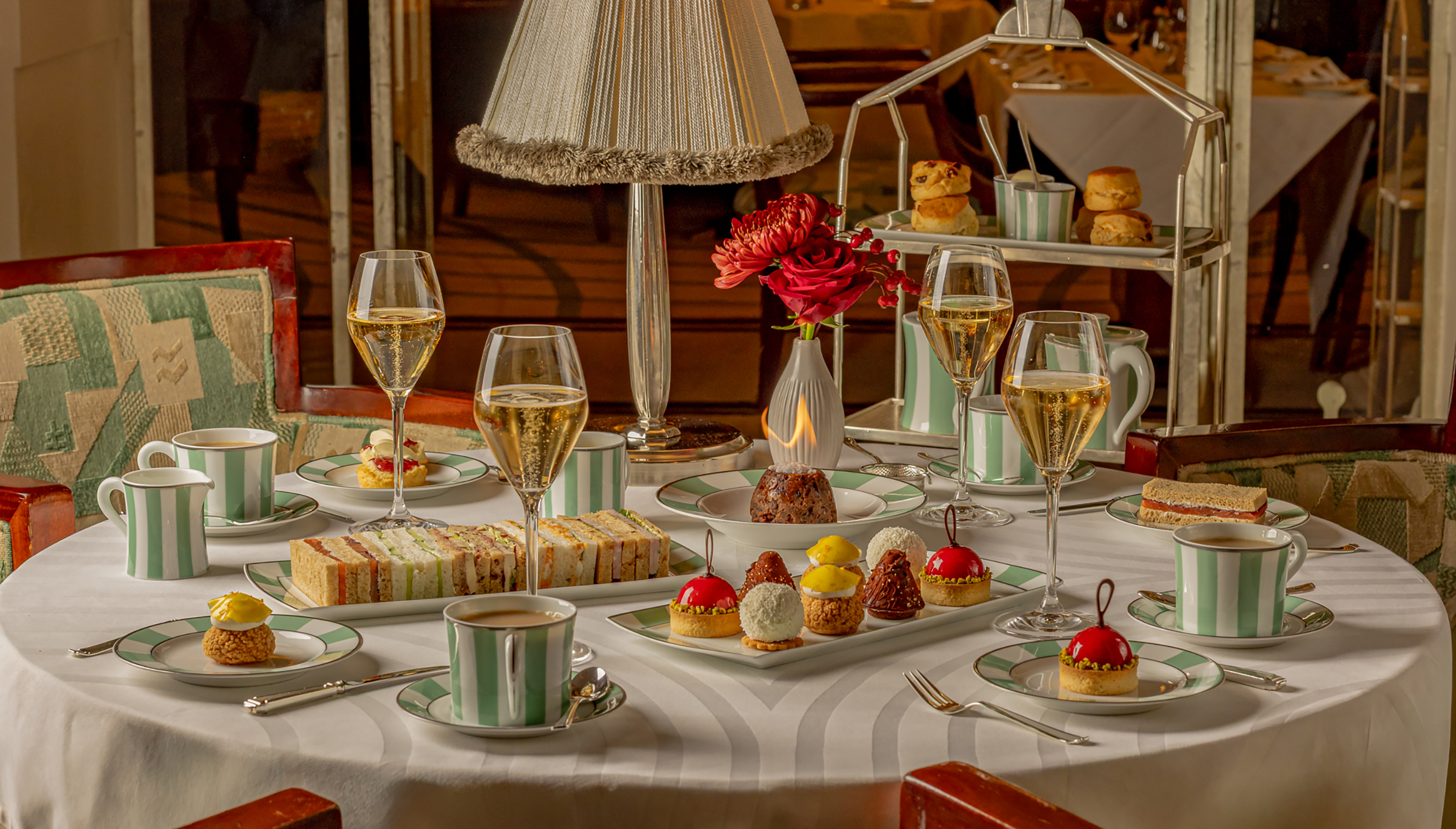 The top last-minute Christmas gifts
The top last-minute Christmas giftsIt’s not too late to give the perfect present this festive season – we round up a selection of last-minute Christmas gifts worth giving
-
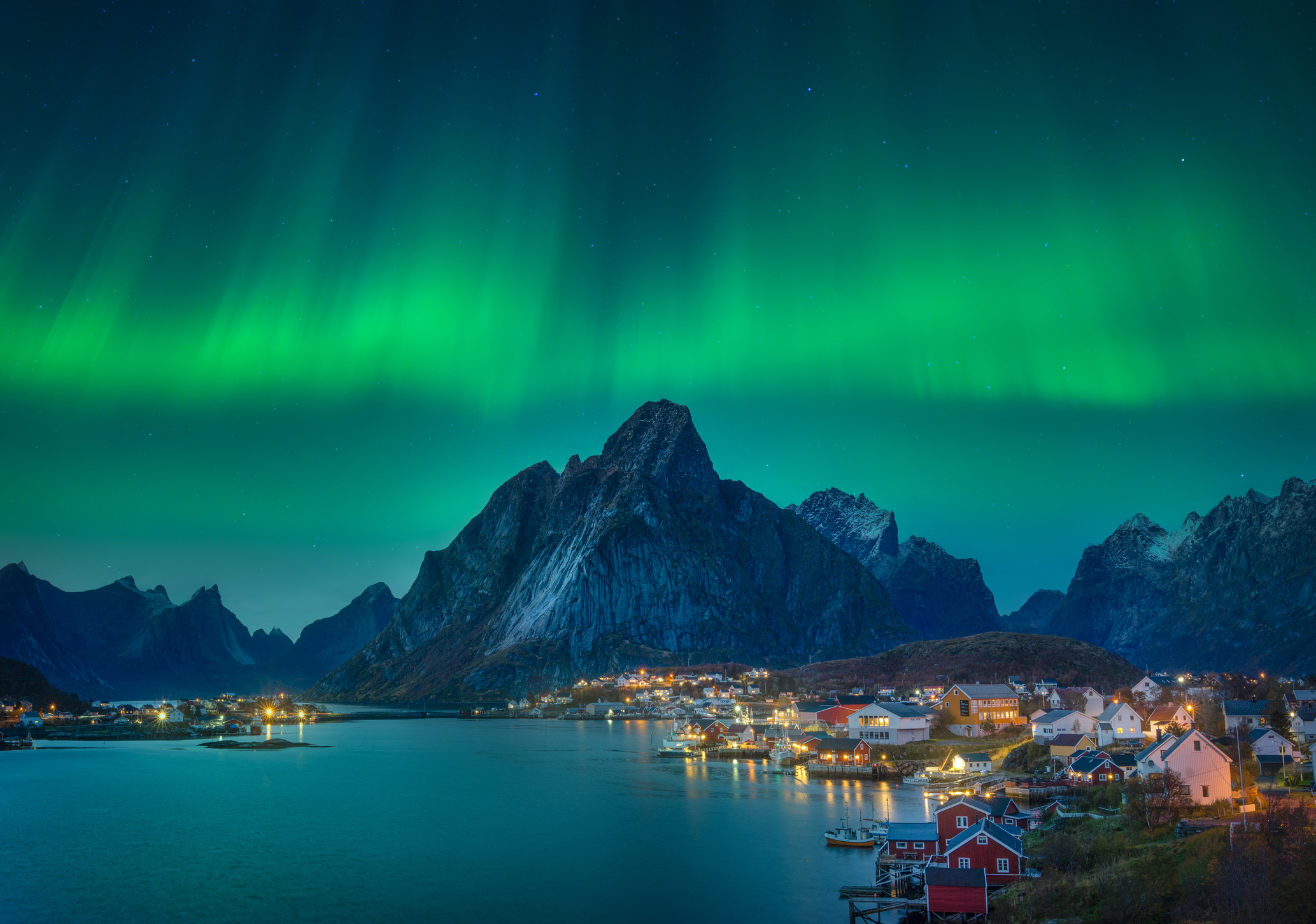 Lights, camera, action: Where to see the Northern Lights
Lights, camera, action: Where to see the Northern LightsThe Northern Lights are the most spectacular they’ve been in years. Here’s where to see them
-
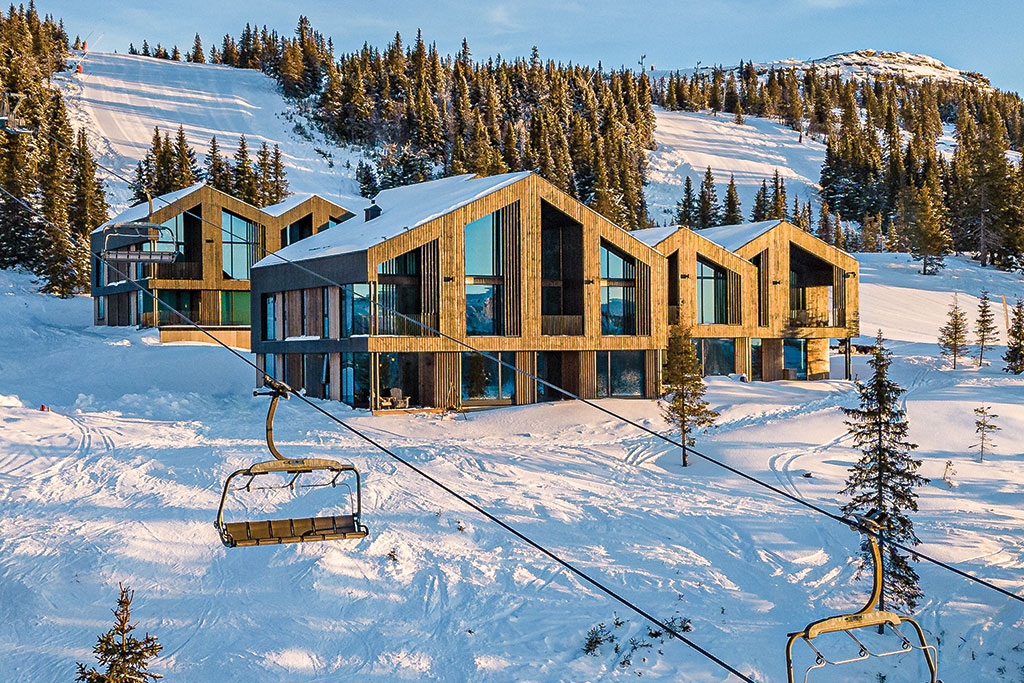 8 of the best ski chalets for sale now
8 of the best ski chalets for sale nowThe best ski chalets on the market – from a traditional Alpine-style chalet in Switzerland to an award-winning Modernist building in Japan’s exclusive ski areas
-
 The best Christmas gifts for your loved ones
The best Christmas gifts for your loved onesWe round up the best Christmas gifts with a touch of luxury to delight, surprise and amaze family and friends this festive season
-
 The best UK Christmas markets for a wassail of a time
The best UK Christmas markets for a wassail of a timeWe round up the best UK Christmas markets to visit, from London's Hyde Park Winter Wonderland to Edinburgh's Princes Street Gardens
-
 Reinventing the high street – how to invest in the retailers driving the change
Reinventing the high street – how to invest in the retailers driving the changeThe high street brands that can make shopping and leisure an enjoyable experience will thrive, says Maryam Cockar
-
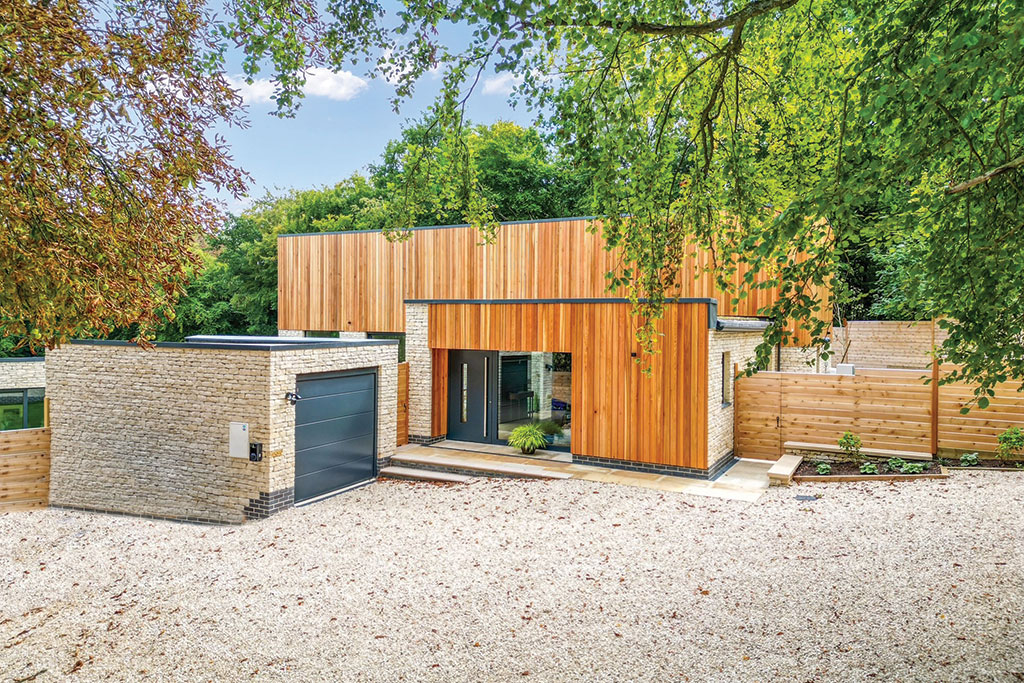 8 of the best houses for sale with electric vehicle charging
8 of the best houses for sale with electric vehicle chargingThe best houses for sale with electric vehicle charging – from a converted World War II control tower in Scotland, to a Victorian country house in Cumbria
-
 Nine of the best luxury Christmas hampers to buy
Nine of the best luxury Christmas hampers to buyWe take a look at the best luxury Christmas hampers – an indulgent selection of the finest cheeses, wines, chocolates and puddings for a quality celebration